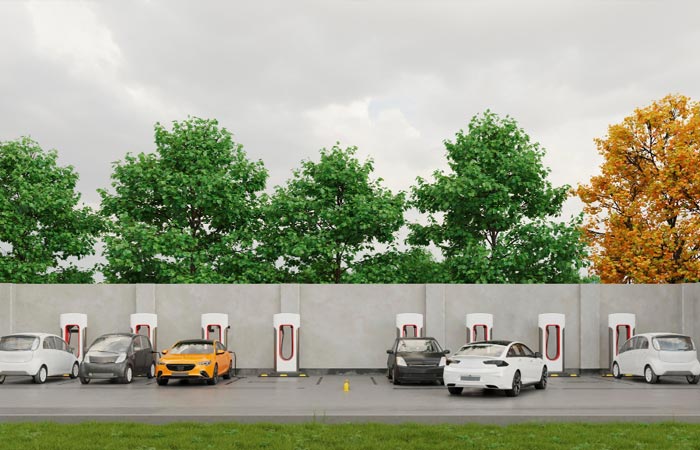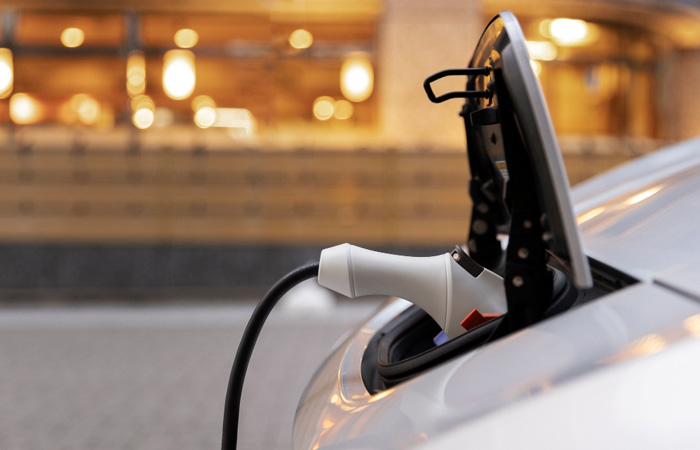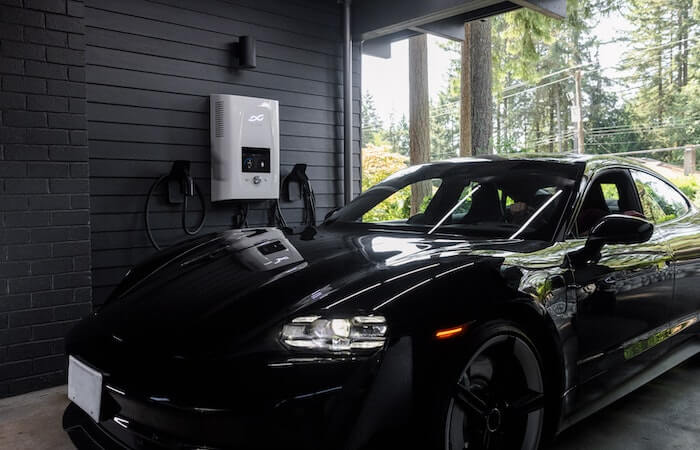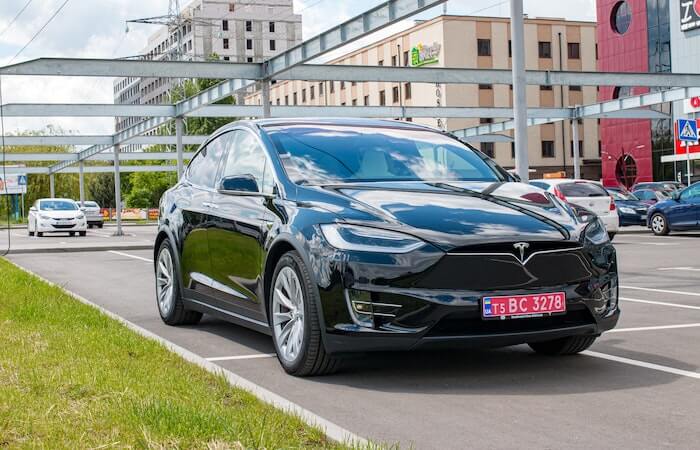Electric vehicle batteries are essential for powering EVs, and their production is a long and intricate process. EV batteries comprise many components ranging from lithium-ion cells, control systems, wiring, and even thermal management materials. Producing these components requires a rigorous manufacturing process, including material sourcing, assembly, and quality assurance. Let’s look at the process in more detail.

Sourcing raw materials
Sourcing raw materials for electric vehicle batteries is a critical step in manufacturing, and reliable mining operations worldwide supply these materials. The electrolyte uses lithium, the cathode structure uses cobalt and nickel, and the anode uses graphite.
By sourcing and utilizing quality raw materials, EV battery manufacturers can ensure that their products are safe, efficient, and powerful. With proper sourcing and manufacturing processes, EV batteries can provide a clean and reliable energy source for electric vehicles.
Electric Vehicle Batteries: Manufacturing
The production of electric vehicle batteries begins with mixing raw materials to create a homogeneous blend. This blended material is pressed into thin sheets and cut into small squares or “pouch cells.” They will become individual battery cells. These battery cells are stacked and connected in either series or parallel configurations to form an electrical circuit. The battery pack connects to the electric vehicle and is secured with bolts or screws, depending on its size and shape. The final step of the process is to package the battery pack into a protective plastic or metal housing. Manufacturers also include components for thermal management.
The production of electric vehicle batteries requires specialized machinery and equipment as well as a skilled workforce. Quality assurance is also an important factor in the production process, as faulty batteries can drastically reduce the performance and life of an electric vehicle. Through high-quality manufacturing processes, EV battery manufacturers can provide safe and reliable products for consumers worldwide.
Electric vehicle batteries: quality control and testing
The final step in making EV batteries is quality control and testing. This includes conducting a series of tests to ensure that the battery pack meets the necessary safety and performance standards. These tests include charge and discharge testing, thermal cycling, and vibration testing.
Electric vehicle batteries require rigorous quality control and testing to ensure they meet all necessary safety and performance standards. Before releasing a battery pack, it must undergo charge and discharge testing, as well as thermal cycling and vibration testing. Charge and discharge testing measures the rate at which energy is transferred in or out of the battery, while thermal cycling tests the battery’s durability and performance in extreme temperatures. Vibration testing then checks its ability to sustain mechanical shock and strain when subjected to vibrations at different intensity levels.
The quality control process includes visual inspections, which check for any signs of manufacturing defects or component damage. The cells are also checked for cracks in the casing, broken welds, or any other signs of damage.
The quality control and testing process is essential to ensuring that electric vehicle batteries are safe, reliable, and capable of meeting performance requirements. This helps ensure that EVs are as efficient and cost-effective as possible while offering high safety for passengers and drivers. By adhering to quality control and testing standards, EV batteries can remain reliable for years.
Electric Vehicle Batteries: A Work In Progress
Electric Vehicle (EV) batteries are a constantly evolving technology, with manufacturers striving to improve the performance, safety, and cost-effectiveness of their products. Most EV batteries use Lithium-Ion, although Lithium Iron Phosphate (LiFePO4) is becoming a popular alternative due to its greater stability and safety.
Solid-state batteries, which use solid electrolytes instead of liquid ones, are also a promising development that could increase the energy density and safety of EV batteries while reducing the cost of production. Finally, recycling EV batteries is another way to reduce their environmental impact and conserve resources. Collecting, sorting, disassembling, and reprocessing used batteries is all part of the process.
As EV technology continues to develop and improve, EV batteries will certainly continue to play an important role in reducing our dependence on fossil fuels.
Additionally, research continues into advancements in energy storage for EVs. For instance, capacitors can rapidly charge and discharge energy with minimal losses, and several automakers are considering using these in combination with EV batteries. This could make EVs even more efficient in energy storage and consumption.
Some startups are also exploring using hydrogen fuel cells to power EVs instead of traditional lithium-ion batteries. These could potentially offer even more efficient energy storage and be an eco-friendly alternative to traditional EV batteries.
The development of electric vehicles and the batteries that power them is a rapidly evolving field, and manufacturers are working hard to improve performance, safety, cost-effectiveness, and environmental impact. The next few years promise many exciting developments.
In a Nutshell
The challenge is to produce an environmentally sustainable battery with ethically sourced materials. In addition, as the demand for EVs grows, manufacturers must meet this demand by producing high-quality and reliable EV batteries.









